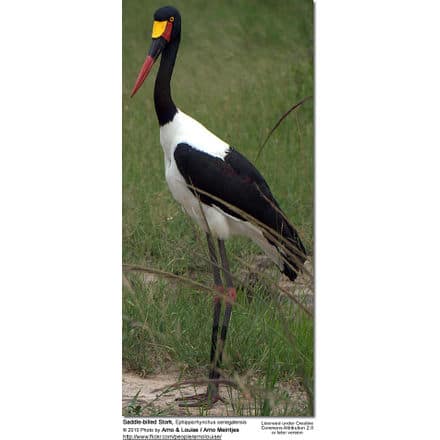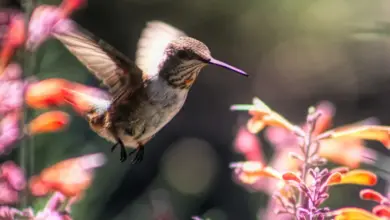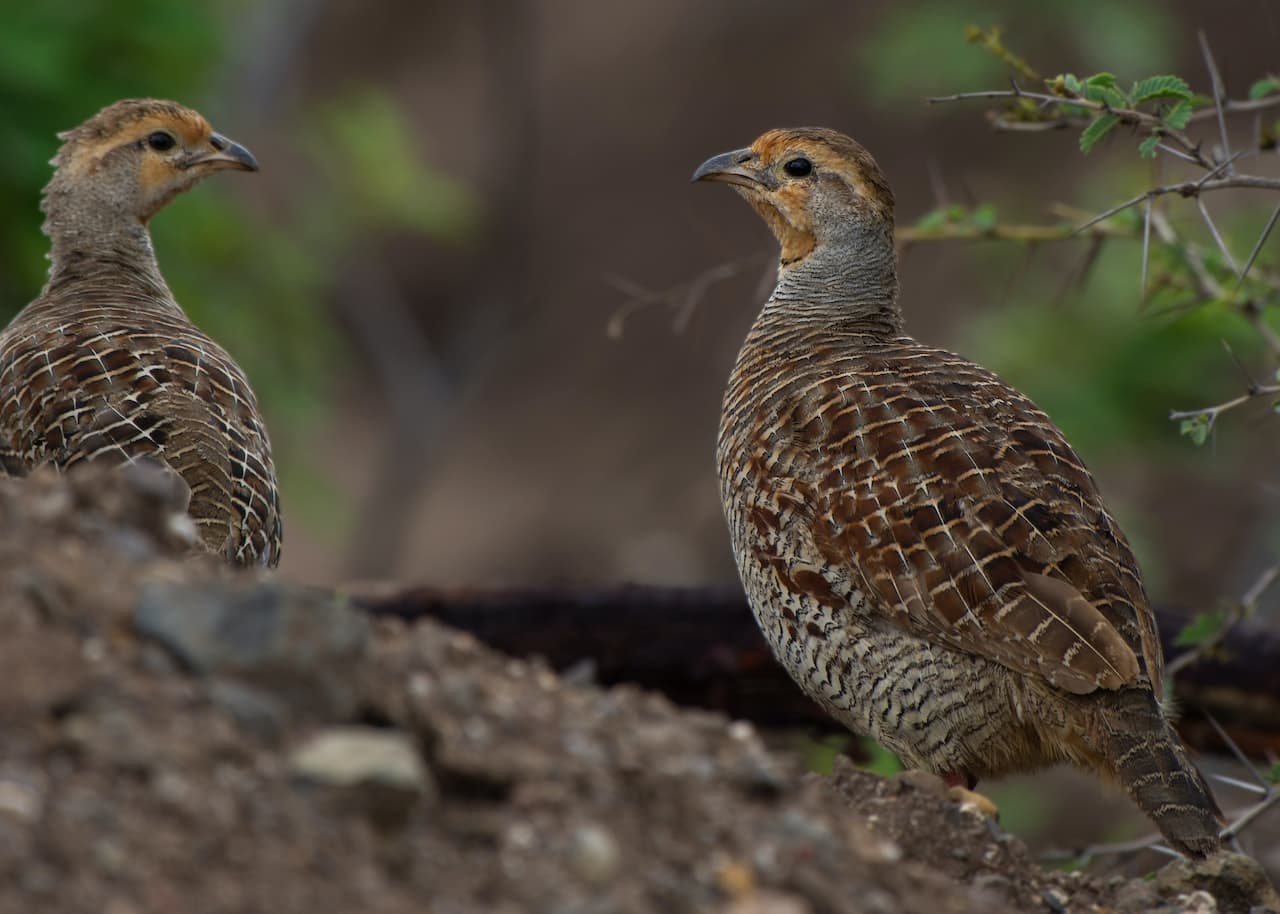Sira Tanagers
The Sira Tanagers (Tangara phillipsi) is a recently discovered Tanager species that is endemic to Peru where it appears to be restricted entirely to the Sira range.
It only occurs in high-elevation cloud and elfin forests (forests with stunted trees growing at high altitudes), where it frequently associates with mixed-species canopy flocks.
The Sira Tanagers were discovered in July of 1969 on an expedition (Graves and Weske 1987). Between 1969 and 1972, John Terborgh and Weske made collections in the previously unexplored Cerros del Sira, a series of isolated peaks (to 2450 m elevation) connected by a low-elevation ridge to the Eastern Cordillera of the Andes.
Here they reported the discovery of this spectacular new species of tanager endemic to the Sira, related to the Black-capped Tanager and the “black-capped” species group of Tangara species.
Mee et al. (2002) revisited the same area of the northern Sira in 2000. Michael Harvey, Ben Winger, Glenn Seeholzer, and Daniel Cáceres conducted the first ornithological surveys in southern Sira in 2008. Current knowledge of Sira Tanager derives entirely from these expeditions.
Tanager Information … Tanager Species … Tanager Species Photo Gallery
Description
The Sira Tanagers is a medium-sized, brightly-colored, sexually dimorphic tanager.
The eyerings, lores, forehead, crown, and nape are glossy black, contrasting sharply with the silvery blue back. The back, rump, upper tail coverts, sides of the breast, and flanks are silvery opalescent blue, the exact color varying with the angle of reflected light.
The remiges and upper wing coverts are black; edges of the proximal 2/3-3/4 of the outer web of primaries, except the outermost one; and the entire outer web of secondaries (shorter, upper “arm” feathers) are slate-blue.
The inner webs of the secondaries (shorter, upper “arm” feathers) are edged with white.
Several upper tail coverts, rump feathers, and wing coverts are tinted with green, a character of predefinitive plumages in the Black-capped Tanager (Tangara heinei), Straw-backed Tanagers (Tangara argyrofenges) and Silver-backed Tanager (Tangara viridicollis). The underwing coverts are white.
The central pair of rectrices are black along the shaft and the rest of the feathers are dull grayish-blue. The outermost pair of rectrices are black and the remaining rectrices are black, edged with grayish-blue along the outer web.
The throat patch appears bluish-green; feathers of the throat patch, which extend from just below the eyering and auriculars across the sides of the throat to the extreme upper breast, are black with glossy, metallic bluish-green tips.
The undertail coverts are bluish-gray, faintly edged with white. The irises are dark brown. The bill is black except for the grey base of the lower mandible.
The Sira Tanager is most similar to the Black-capped Tanager (Tangara heinei). The male differs from the Black-capped Tanager (Tangara heinei) in having the belly, breast, and sides of the neck black, instead of grayish-blue or blue.
The contrasting throat patch is more restricted, and the tips of throat feathers are less bifurcated, and less elongated and pointed than in the Black-capped Tanager (Tangara heinei).
The Sira Tanager (Tangara Phillips) is distinguished from the Silver-backed Tanager (Tangara viridicollis) and Straw-backed Tanager (Tangara argyrofenges) in having grayish-blue edgings on wings and tail in conjunction with a metallic bluish-green throat patch as opposed to grayish-blue wings and yellowish-orange throat in the Silver-backed Tanager (Tangara viridicollis) or black wings and tail and bluish-green throat in the Straw-backed Tanager (Tangara argyrofenges).
Females differ from the Black-capped Tanager (Tangara heinei) by having a darker gray breast and belly, and less bifurcated, pointed throat feathers; from the Silver-backed Tanager (Tangara viridicollis) in lacking a golden-olivaceous suffusion on crown, auriculars, and throat; and from the Straw-backed Tanager (Tangara argyrofenges) in lacking the bright yellowish-green flanks and back.
Status
This species is threatened by habitat loss. Conservation concern for the Sira Tanager stems largely from the very restricted range of the species.
Ref:
- Harvey, Michael 2009.Sira Tanager (Tangara phillipsi), Neotropical Birds Online (T. S. Schulenberg, Editor). Ithaca: Cornell Lab of Ornithology; retrieved from Neotropical Birds Online: neotropical.birds.cornell.edu





